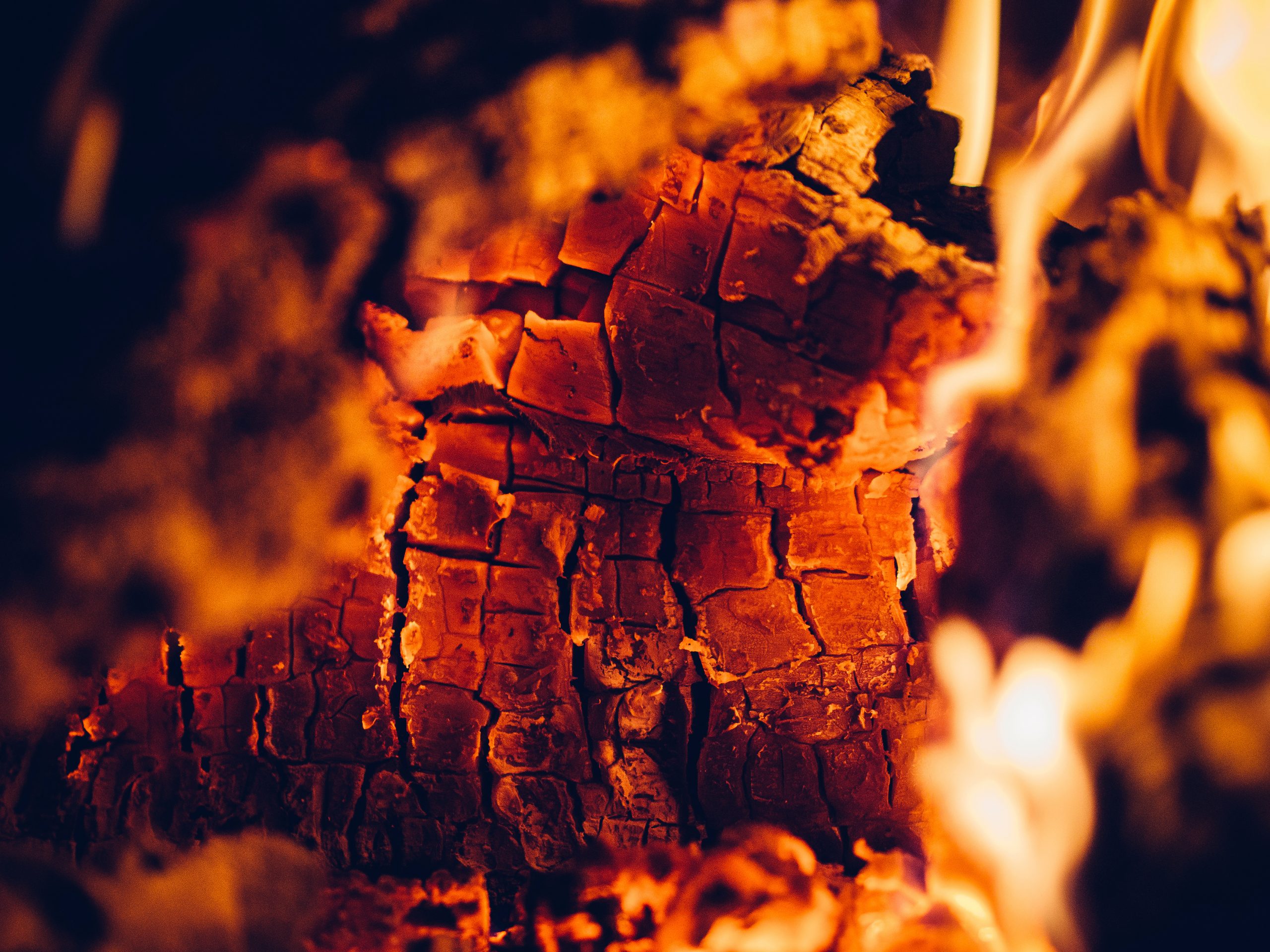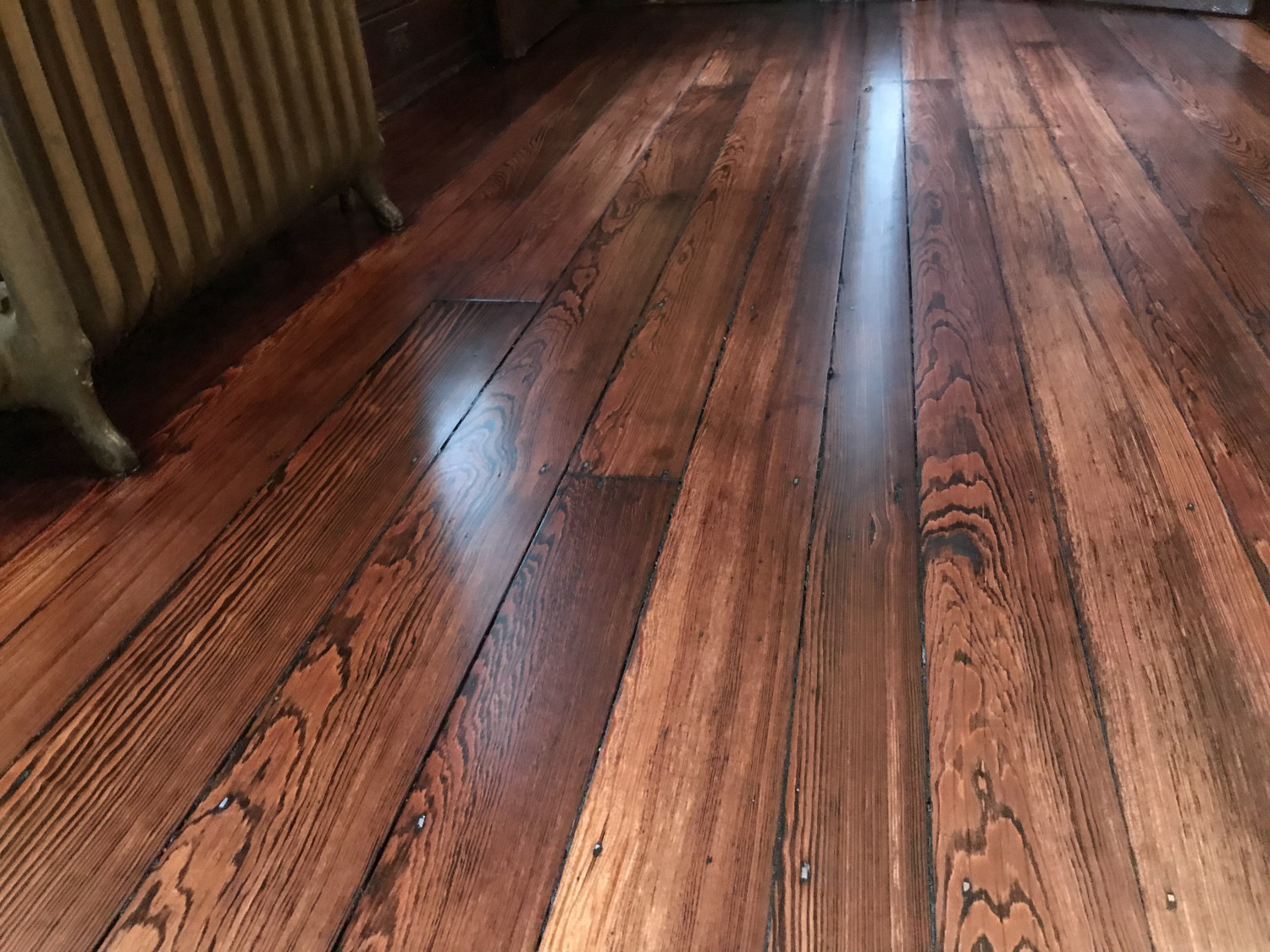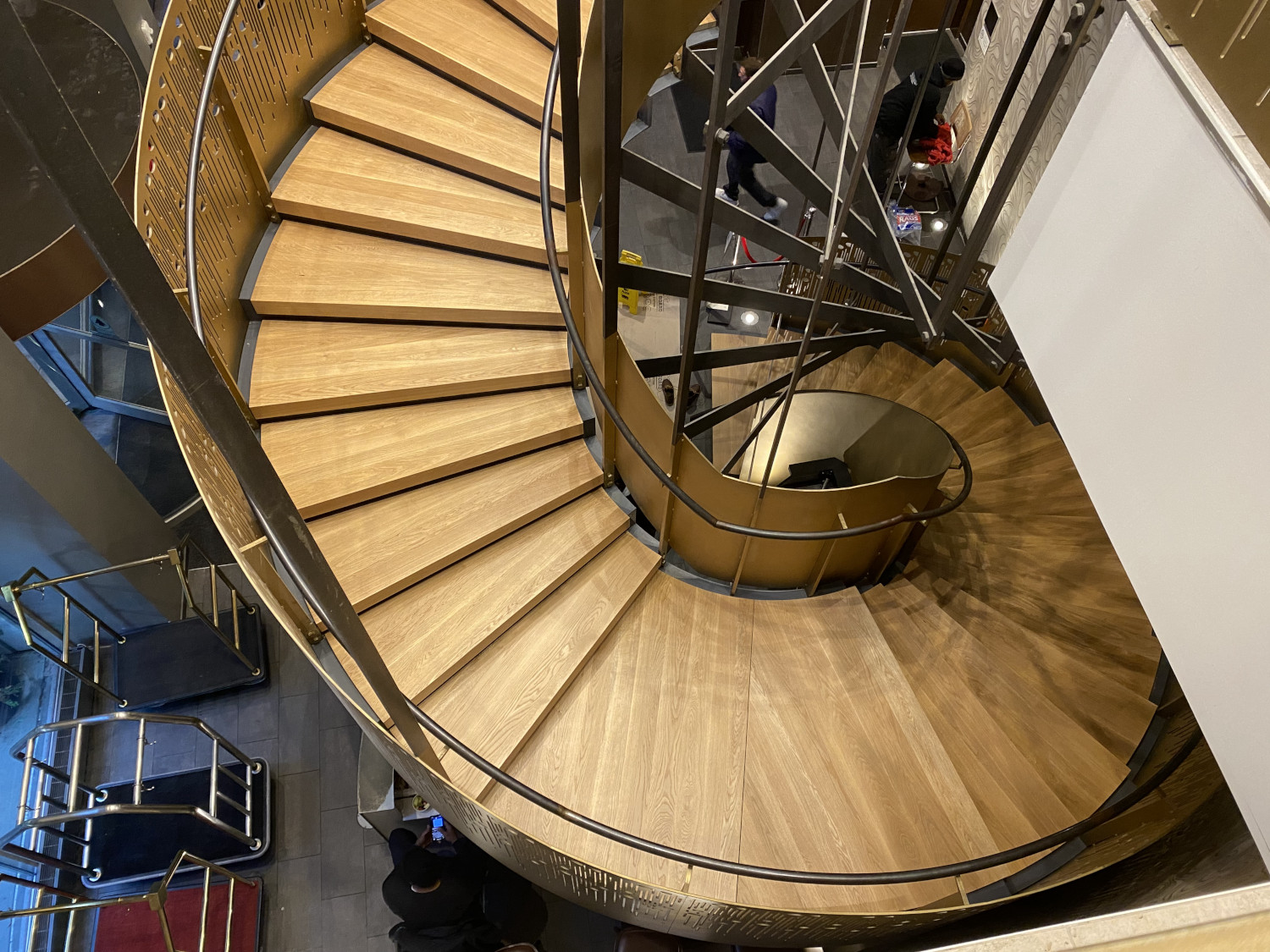What Can I Do To Help Protect My Hardwood Floors from Fireplace Damage?
Hardwood floors add so much character and style to a home. Unfortunately, when that once beautiful hardwood gets damaged, it can really detract from the look of a room and a home, making the space feel neglected and unkempt. One common way in which hardwood floors get damaged is from problems related to fireplaces.
While fireplaces add a lot of comfort and ambiance to a space, they can cause harm to the hardwood flooring around it. For starters, fires can be unpredictable, with the heat being released changing dramatically depending on the way the fire was built or the specific properties of the wood used to make it. The result of this unpredictability is that while it may seem like there is enough space between the wood and the fireplace to keep the wood safe, the intensity of the heat may sometimes be greater than appreciated, too great for the amount of space given for the hearth.

Another potential issue for the hardwood floors resulting from the fireplace is the possibility of sparks jumping from the wood. No matter how carefully a fire is built, there is always the potential for sparking. The embers that fly off of the wood can then blow onto the hardwood floor, causing heat damage, at minimum, and potentially even scorching the wood, leaving blackened burn marks. This can happen even if the construction of the fireplace has allowed for a great deal of room between the fireplace and the wood floors.
The harm that hardwood can suffer as a result of being exposed to too much heat can be lasting. Heat damage can have a number of effects. The most noticeable effect of heat is damage to the finish on the wood for wooden floors that have any kind of thick finish that includes polyurethane or similar materials. The heat causes the plastic-like finish to melt and whatever air that exists between the wood and the finish to heat up, causing bubbles to form on the surface of the floor. If the heat gets too intense, the finish may completely melt away over time. The result of all of this is unsightly damage to the look of the floor.
Another issue for hardwood floors that result from too much heat is heat damage to the floor. Too much heat causes the wood to contract and grow brittle, creating gaps in the floor and potentially separating the wood from the finish layer. This causes the floor to wrinkle and crackle as though a plastic sheet were placed on top of it.
Preventing Fireplace Damage to Floors
While some potential sources of heat damage can’t always be prevented, there are steps you can take to help protect your hardwood floors by reducing the risks posed by fireplaces.
Use a Screen Cover
Using a screen cover is one of the surest ways to protect your hardwood floors. While the wood will still pop, and screen covers may open or fail to prevent all of the debris from escaping, it greatly reduces the risk of embers getting through.
Use a Fireplace Rug
Fireplace rugs, also known as hearth pads, may be used around the constructed area of the fireplace to protect the floors in the immediate vicinity of the fire. This simple solution does a lot to prevent most of the heat and debris from reaching the floor.
Remake the Hearth
While hearth pads and fireplace screens can do a lot to prevent damage to floors, if your fireplace is constructed too low to the floor or without enough material between it and the wood, the material in contact with the wood may be too hot and damage it over time with use. The other solutions listed here won’t help address this issue because it is a foundational problem with heat reaching the wood through the floor. The best way to address this issue is to extend the hearth, adding more material to help the heat dissipate before it reaches the hardwood.
Recent Hardwood Flooring Projects in Philadelphia & NJ




0 Comments